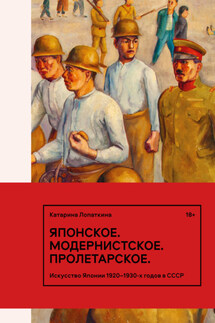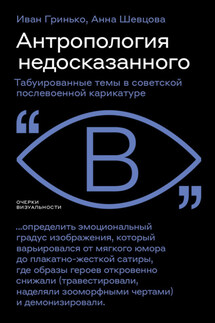Edgar Degas - страница 9
The Pretty Women of Paris lists ninety-nine brothels within central Paris and a further seven in the suburbs. The 183 women described individually in the book all worked independently of brothels, however. Fanny Robert, for example, started her career in a brothel in Marseilles, but was ‘rescued and brought to Paris by a rich lecher’. ‘The women loll around on the plushly-upholstered furniture in relaxed open-legged postures, comfortable in their nudity or semi-nudity and in their proximity to one another.’ The life of a registered prostitute in a licensed brothel must have been a tough one.
Apart from the drudgery of the work, the women were subject to regular medical inspections and other petty and humiliating restrictions. Yet – as described in the fiction of the period and ‘realist’ cabaret songs – life in a brothel was not without its compensations and attractions. The song En Maison, sung by Damia, dubbed la Tragédienne de la chanson, tells of a young girl who is rescued from a brothel by marriage to a middle-class man, but who comes to miss the freedoms and the little habits of her life in the whorehouse. Degas’ prostitutes do not look oppressed or unhappy. These brothel scenes are the most exuberant images he produced and have an earthy humour and a joie-de-vivre not found elsewhere in his work. By contrast, it is the black-clad women of Degas’ portraits with their rigid body language who seem repressed and oppressed.
The good-humoured and warm-hearted behaviour of the women in the brothel prints anticipates the mood of Guy de Maupassant’s famous short story The House of Madame Tellier, published in 1881, in which the prostitutes lavish their warmth and affection on a young girl taking her first communion. ‘All the women were eager to fondle her, seeking an outlet for those affectionate demonstrations, that habit of caressing induced by their profession, which had impelled them to kiss the ducks in the railway carriage.’
Among the most delightful of the prints is The Name Day of the Madame, which Degas later reworked in pastel. A portly madame, dressed in respectable black and looking horribly like a caricature of the Widow of Windsor (Queen Victoria), is surrounded by girls wearing only shoes and lavender stockings who offer her bouquets of flowers.
Once again we are reminded of La Maison Tellier, in which the women of the house ‘threw their arms round Madame Tellier and hugged her, as if she was an indulgent mother overflowing with kindness and good will’. The stocky women depicted in these monotype prints belong to a different physical type – almost, it would seem, to a different species – from the statuesque laundresses, the more slender dancers and the tightly-corseted middle-class ladies. This sturdily thickset type was clearly heavily in demand by 19>th-century clients of prostitutes. The adjective ‘stout’ is used with great approbation throughout The Pretty Women of Paris.
Many of the women are described in terms strongly reminiscent of Degas’ images. Marie Kolb is ‘a pleasant, little ball of fat’, and Blanche Querette ‘a most lascivious dumpling, and every bit of her fleshy frame is deserving of worship’. Berthe Laetitia is ‘short, and her well-rounded form is developed to the utmost, all her bones being covered with firm layers of elastic flesh, and her breasts and buttocks being sights to behold’. Marie Martin is ‘a fine, dark, Spanish-looking, matronly woman, with semi-globes like a Dutch sailor’s wench, and a pair of hips and a monumental backside that would make a Turk go off like a bottle of ginger-beer on a hot day’. Berthe Mallet is ‘the very woman for a man who likes to wallow in a mass of white flesh…’ Several of these prints, as well as many of the later pastel and oil






